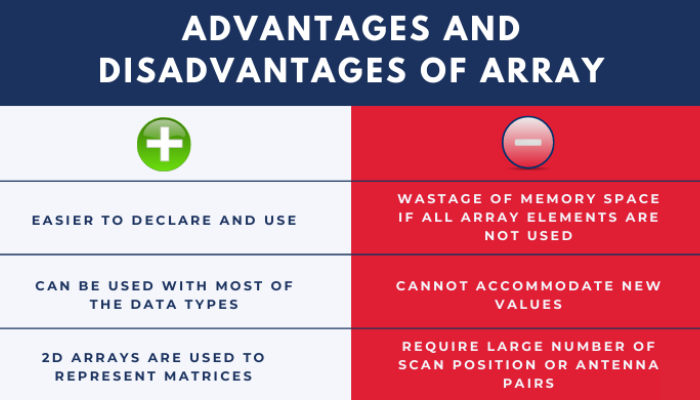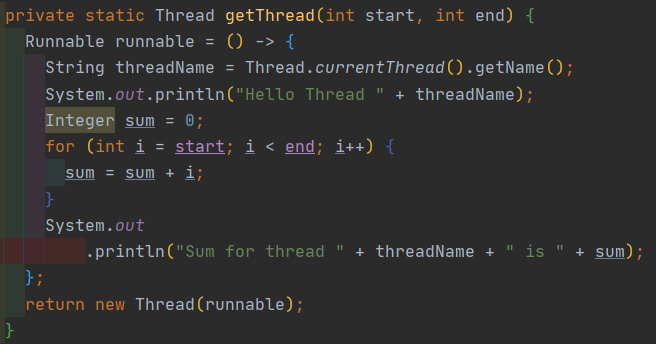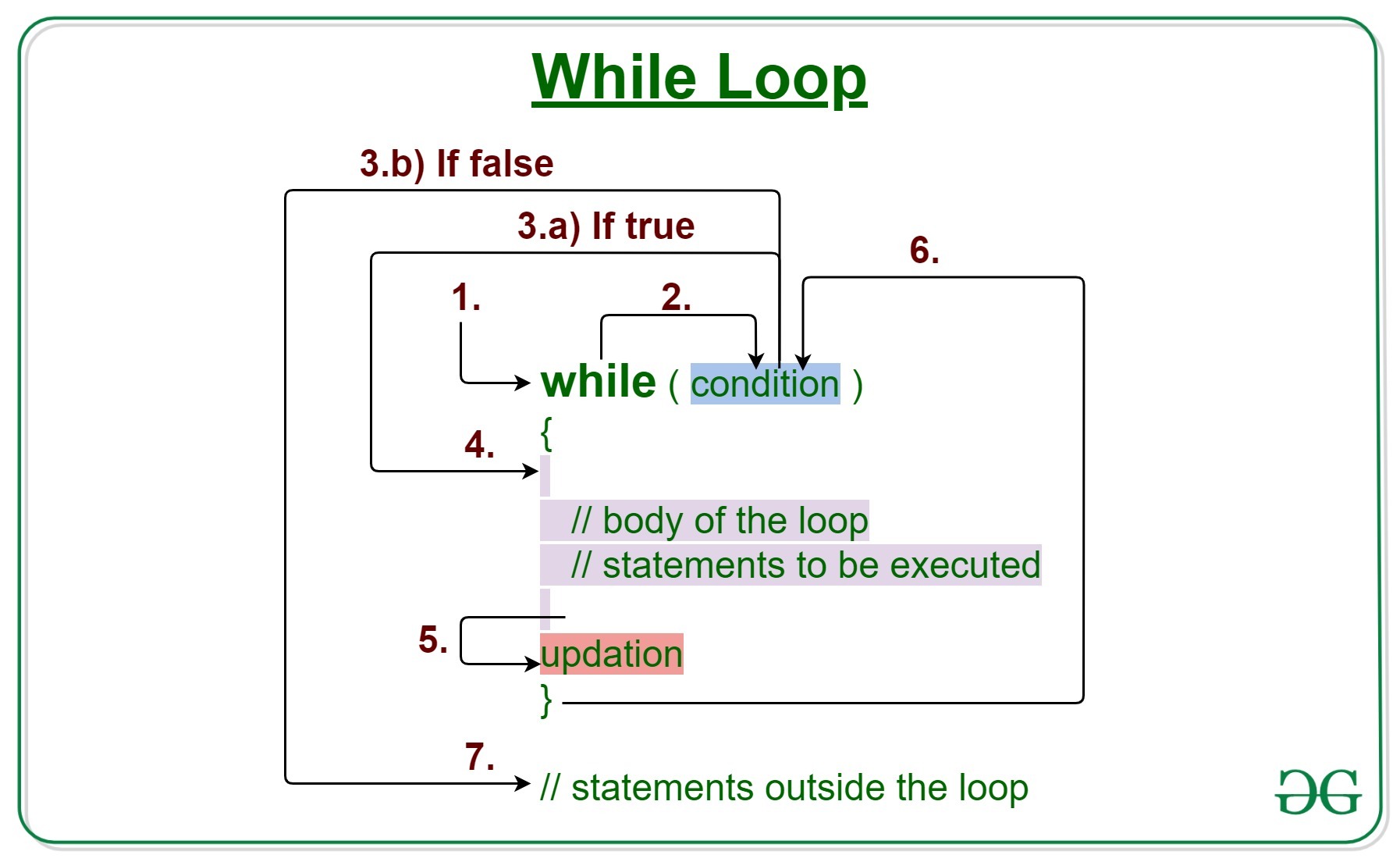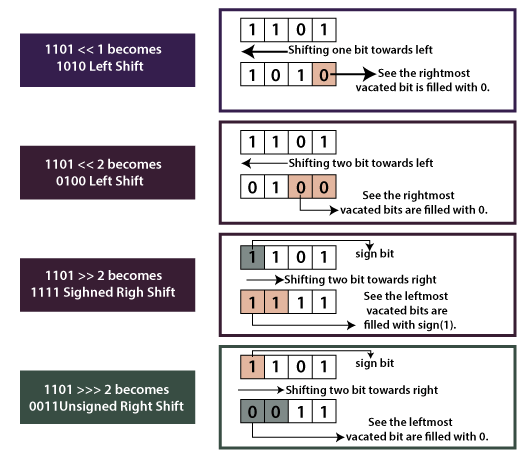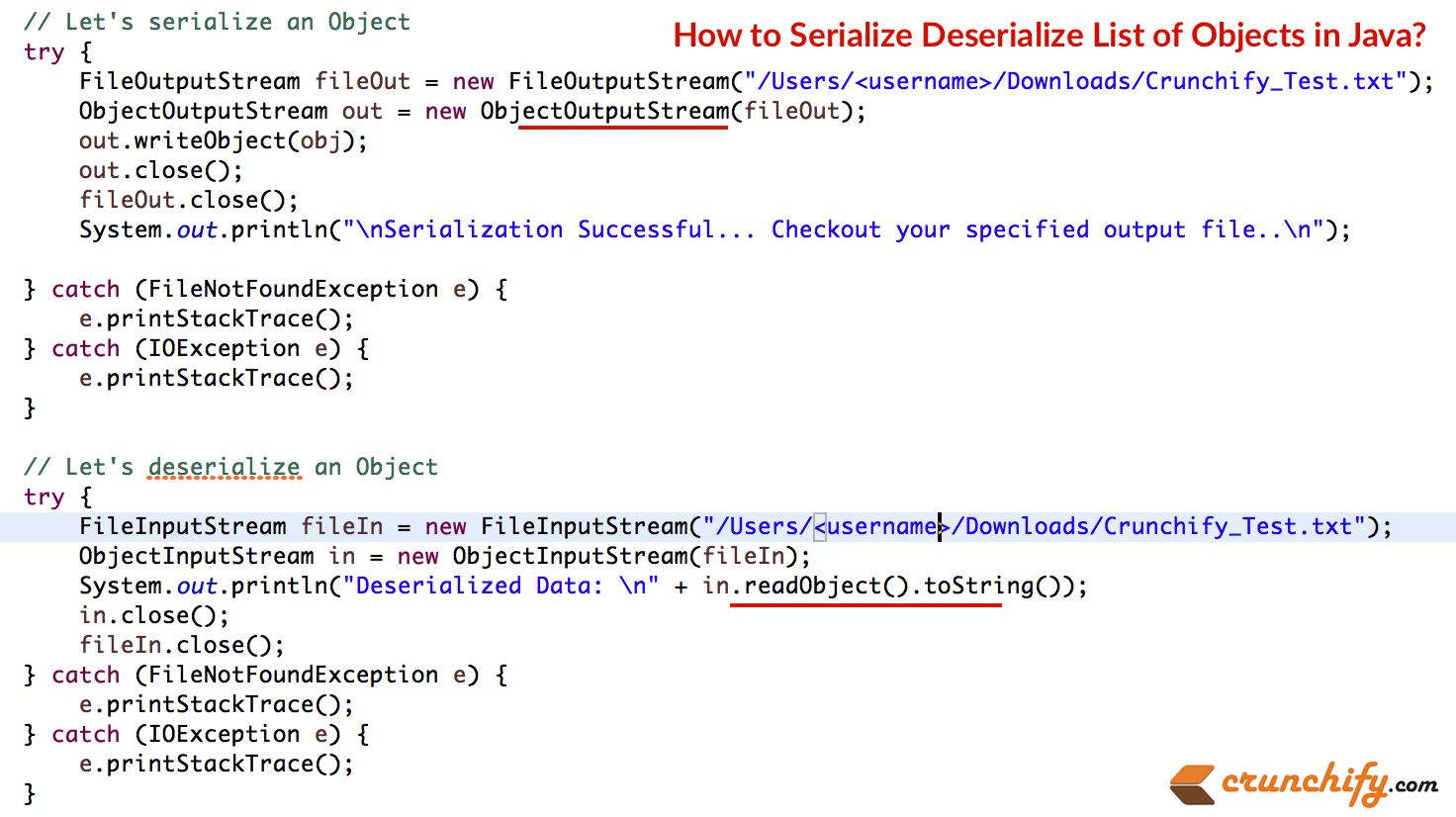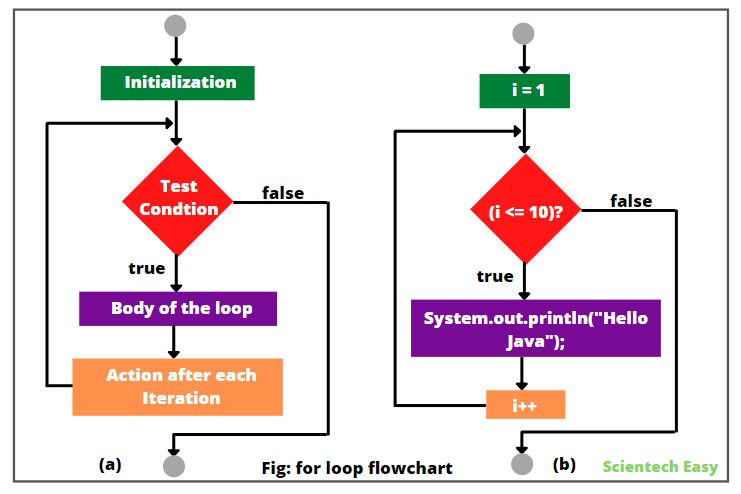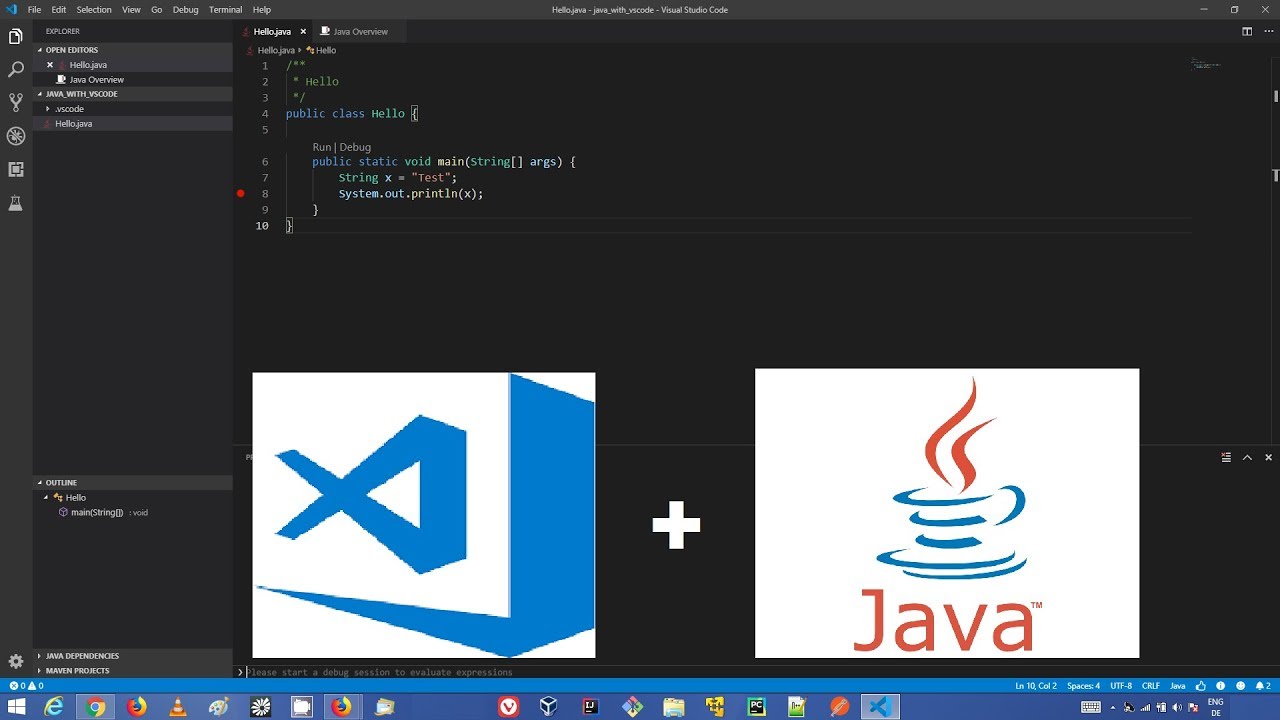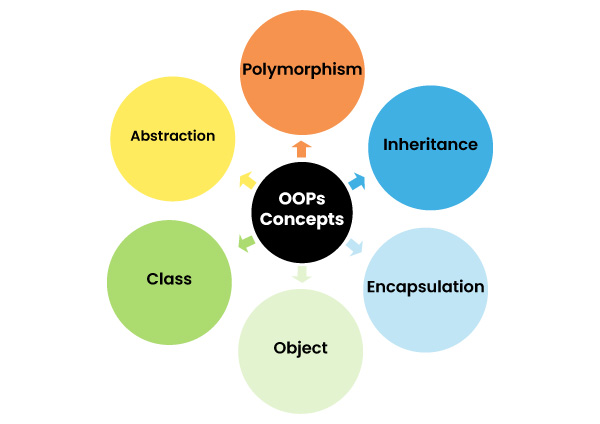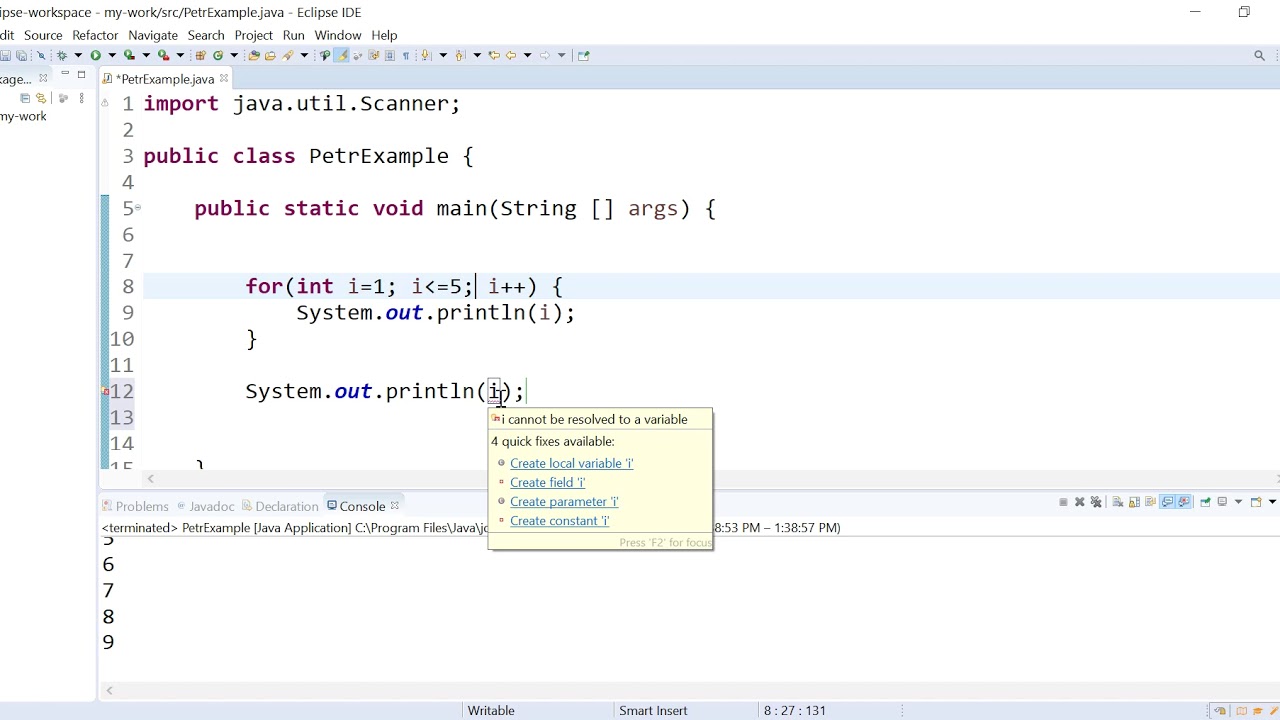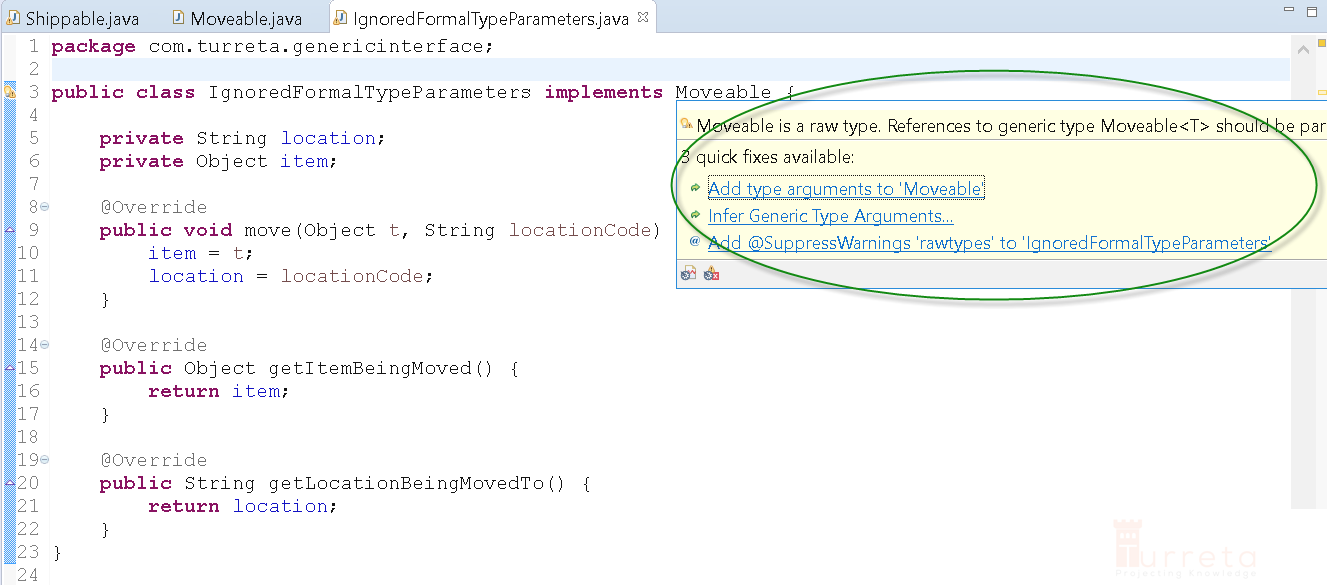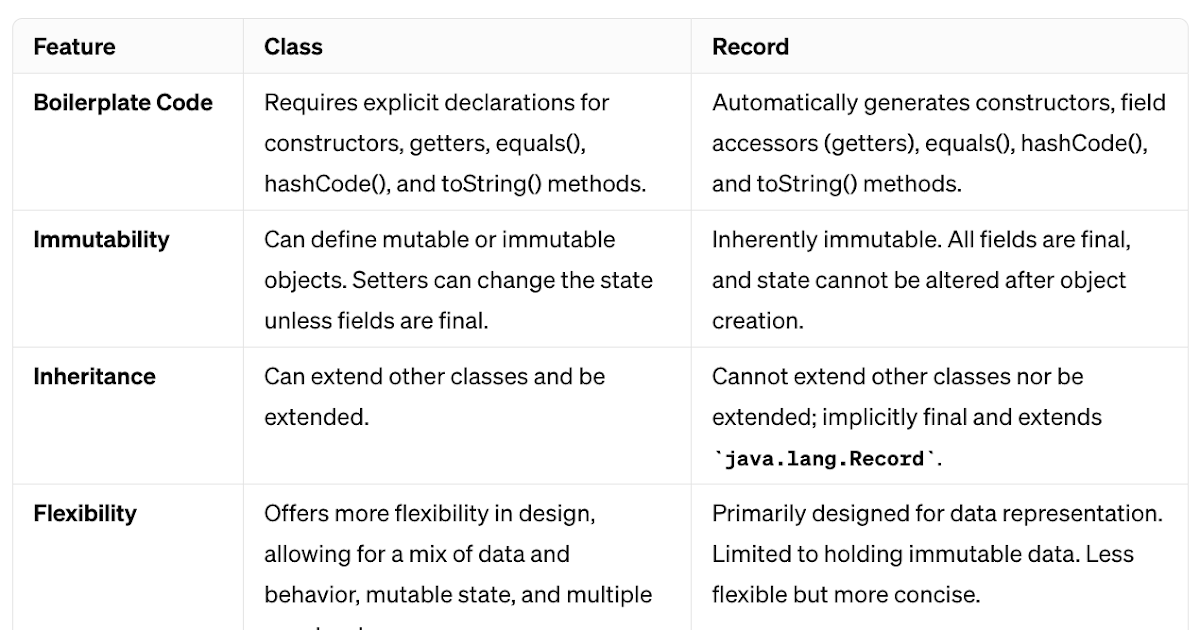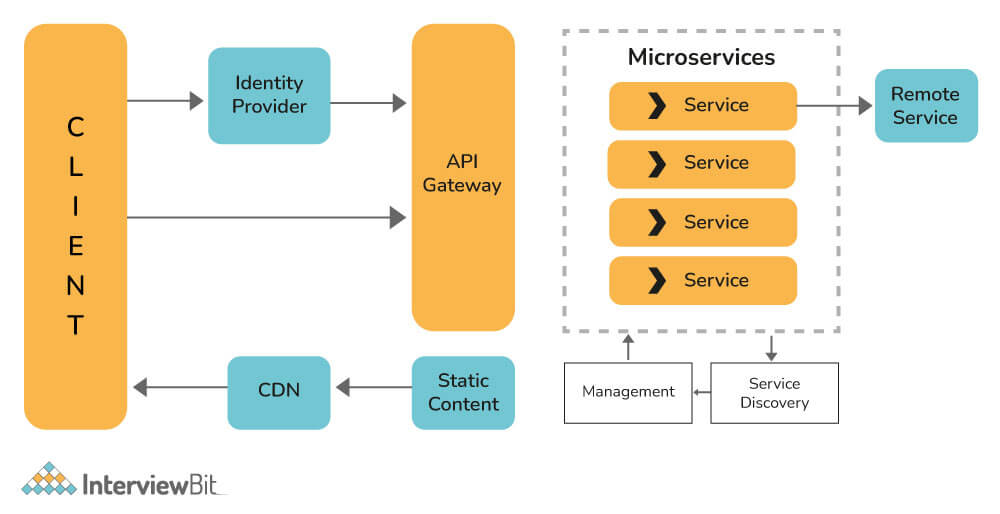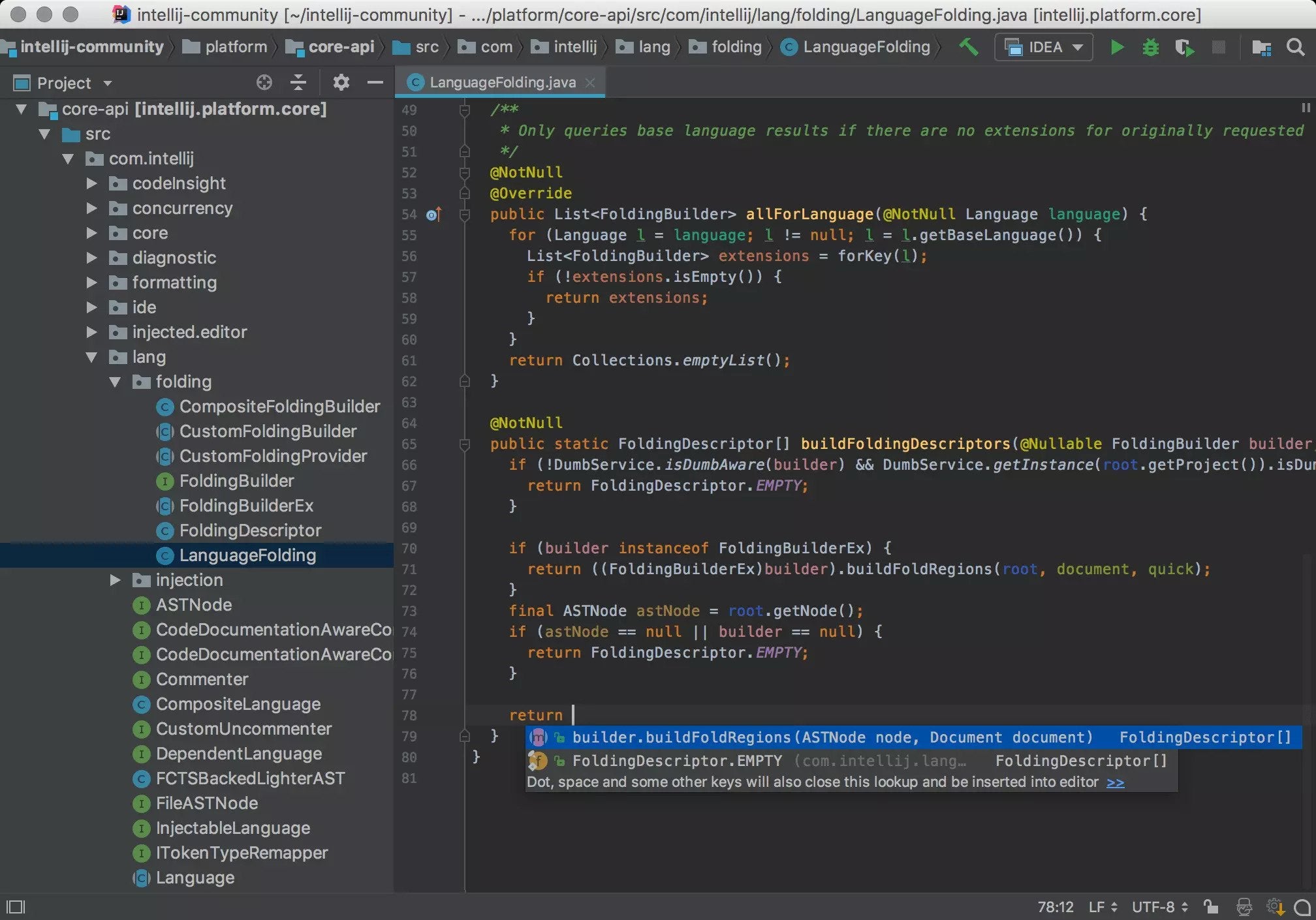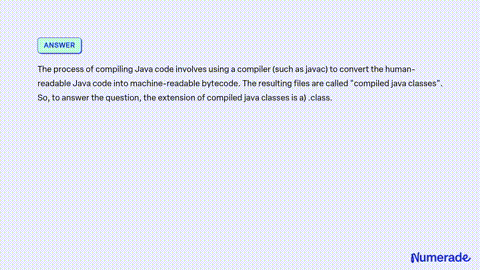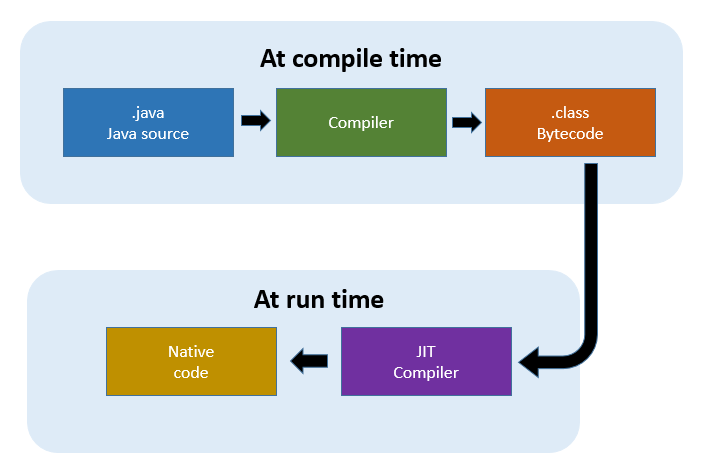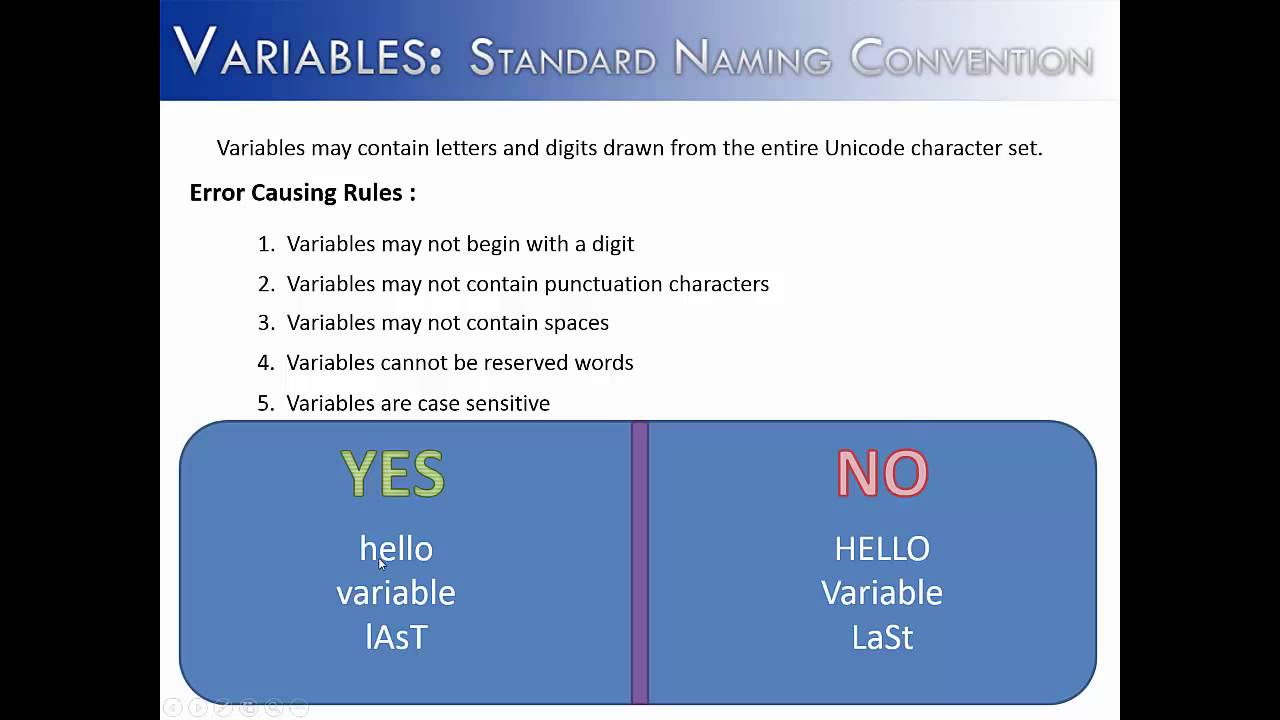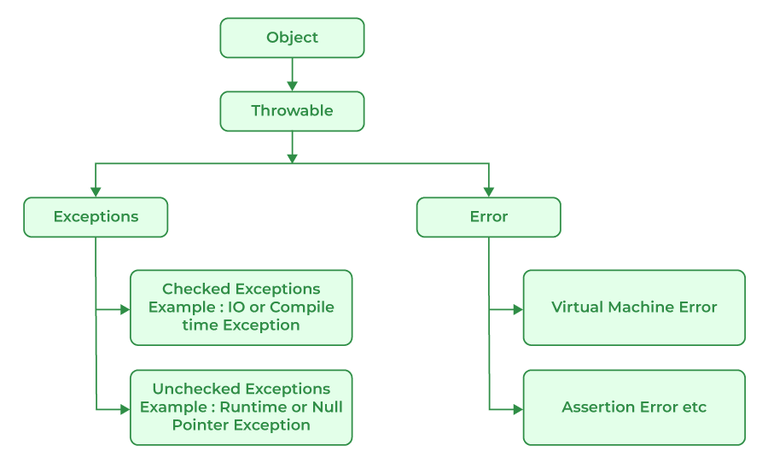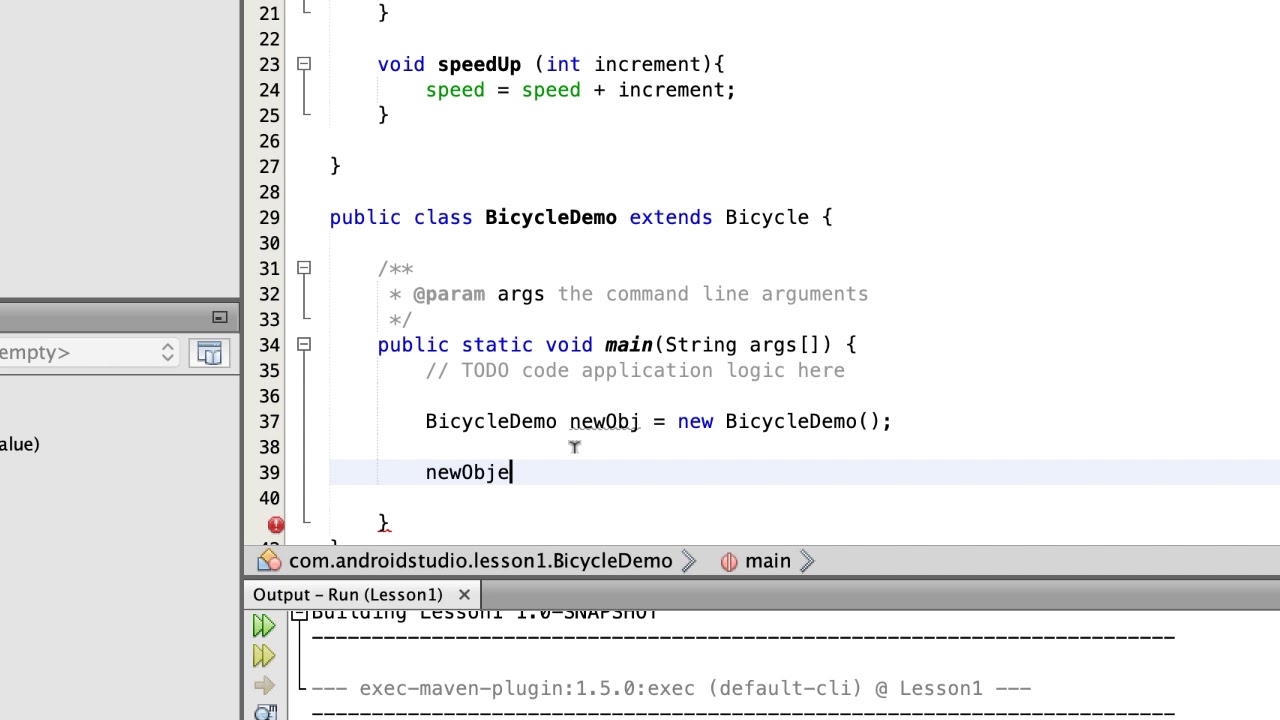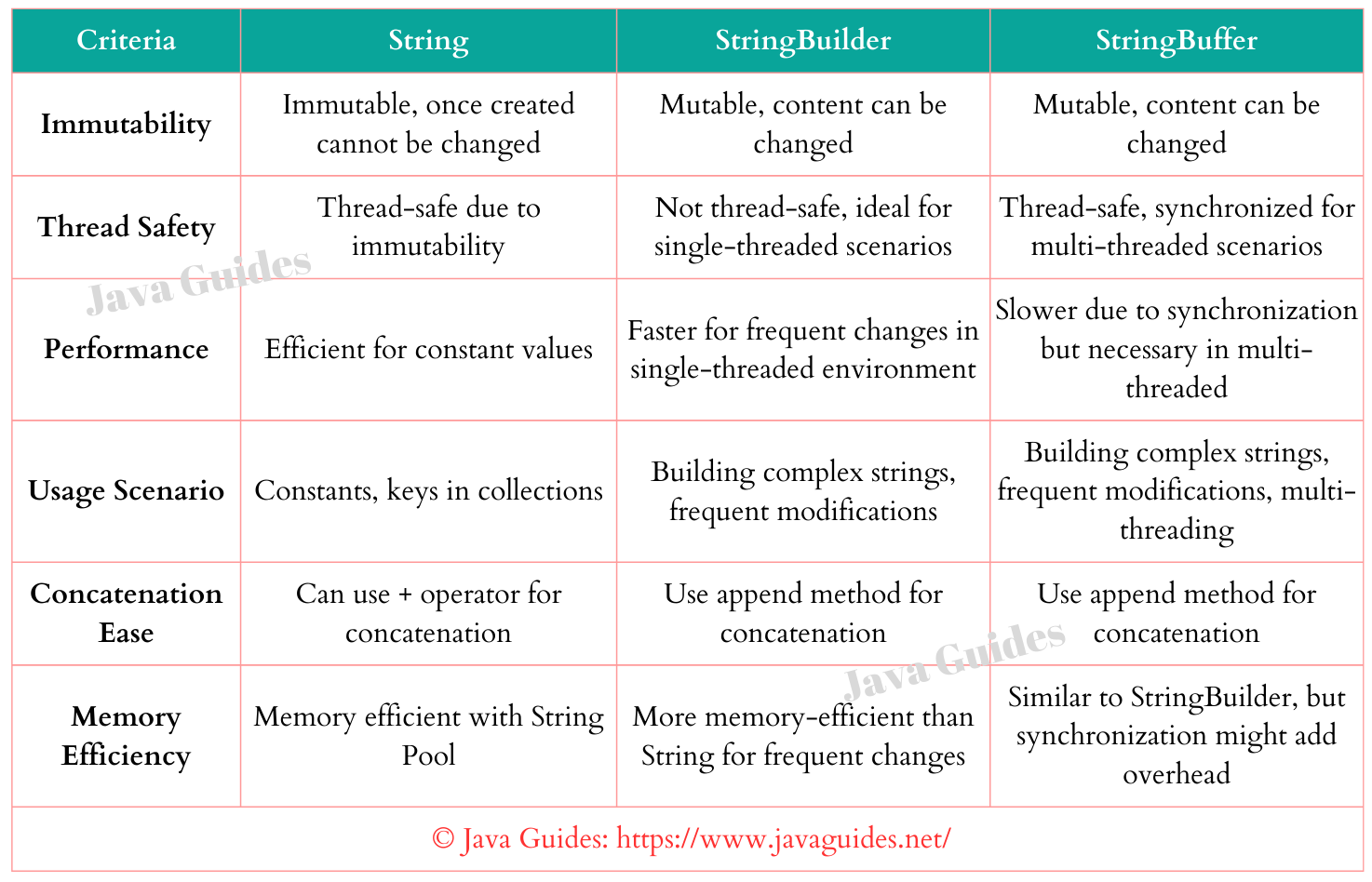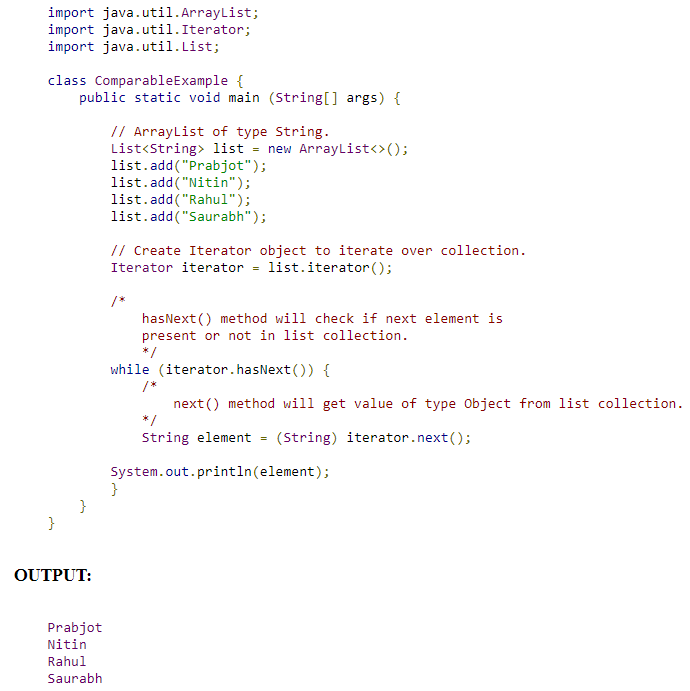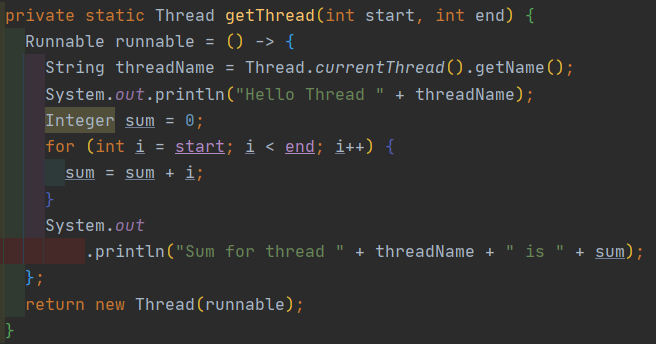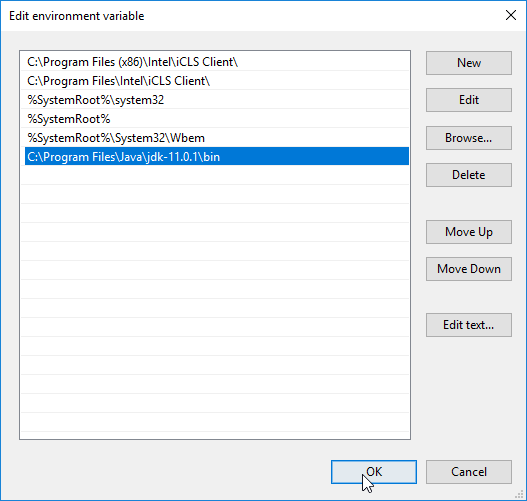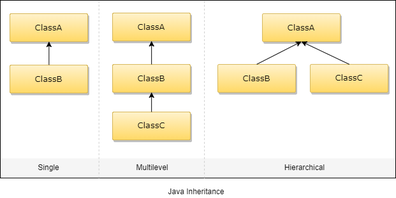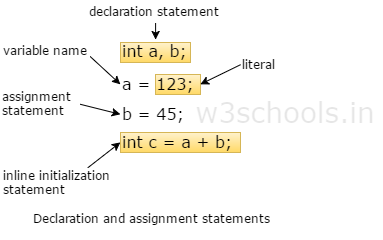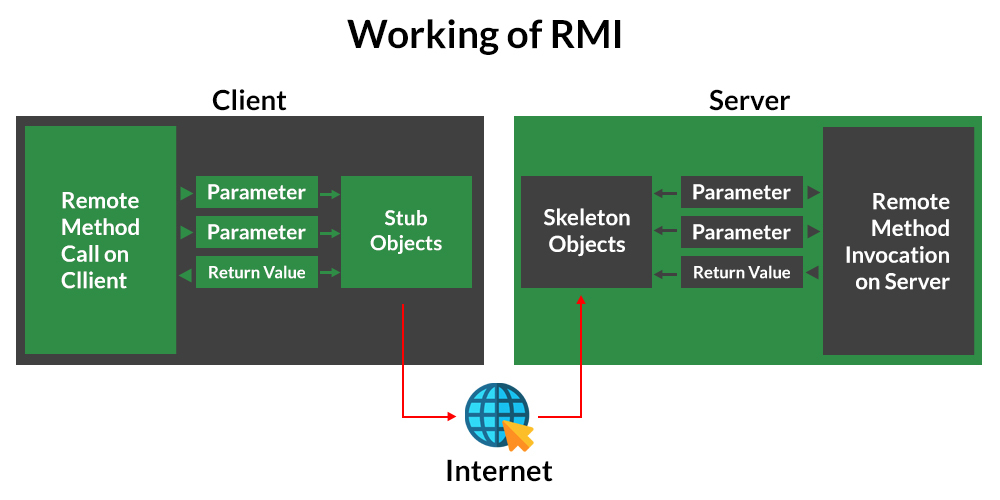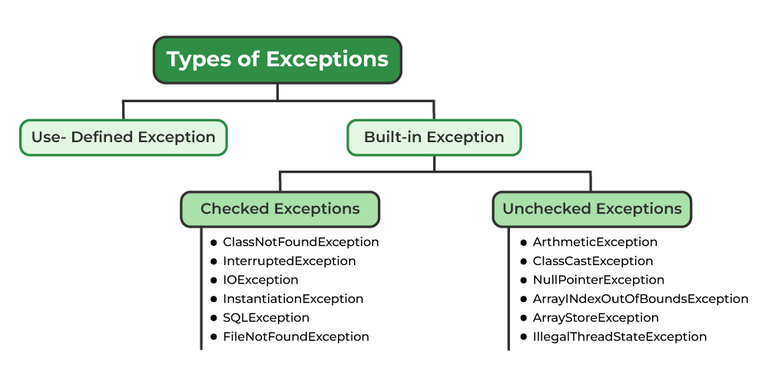How to start java in cmd windows 10
How to start java in cmd windows 10
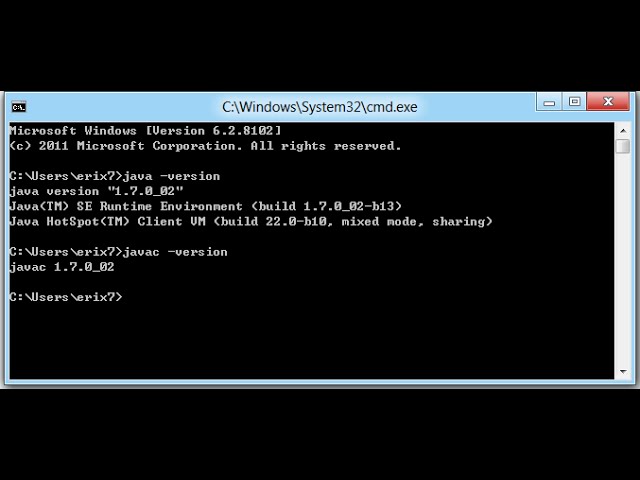
Starting Java in the Command Prompt (Cmd) on Windows 10!
To get started with Java on your Windows 10 system, follow these steps:
Step 1: Open the Command Prompt
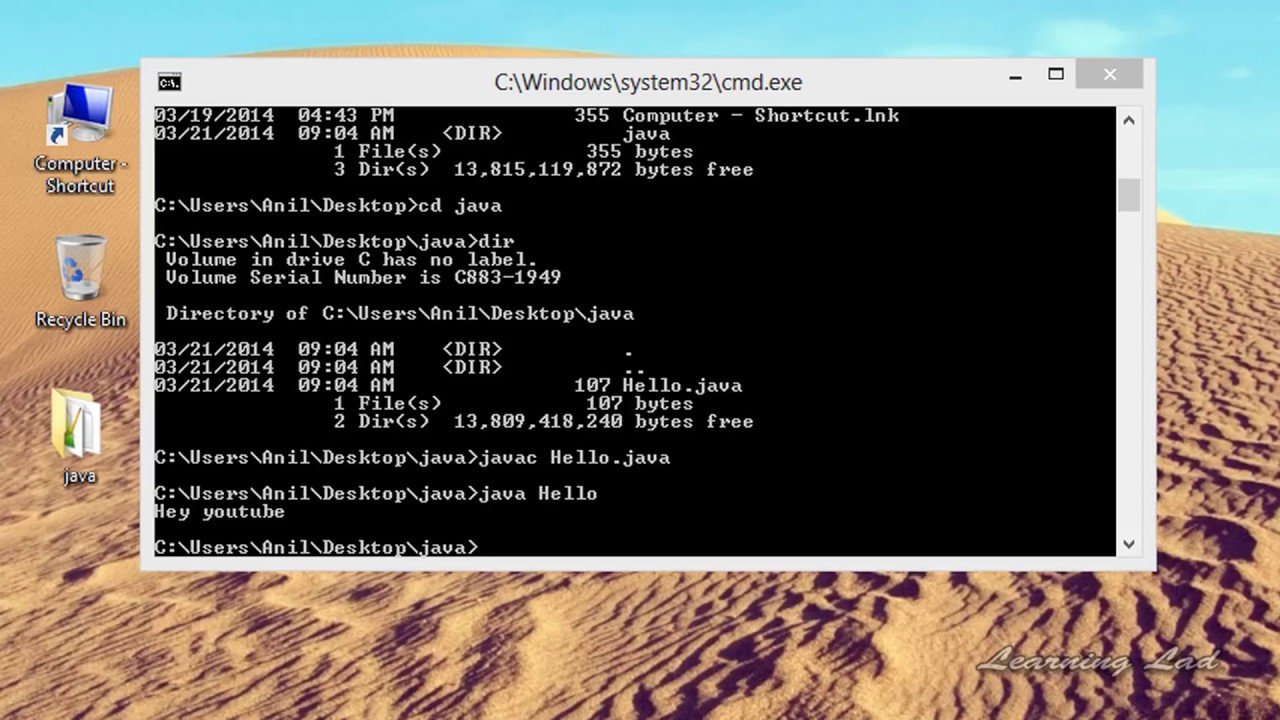
cmd and press Enter to open the Command Prompt.
Step 2: Navigate to the JDK Directory
In the Command Prompt, typecd followed by the path to your JDK (Java Development Kit) directory. For example: If you installed Java in the default location, the path would be something like C:Program FilesJavajdk-15.0.2. If you've installed multiple versions of Java on your system, make sure you navigate to the correct one. Press Enter to change directories.
Step 3: Verify Your JDK Path
Typeecho %PATH% and press Enter to see the current path environment variables. Look for the directory path that contains the bin folder (e.g., C:Program FilesJavajdk-15.0.2bin). This is where your Java executables are located.
Step 4: Start the JVM (Java Virtual Machine)
Navigate to thebin directory within the JDK directory. Type java -version and press Enter to verify that your JDK version is correctly recognized by the system.
Step 5: Run Your Java Program
If you have a Java program (.class or .jar file) that you want to run, navigate to its location in the Command Prompt. Typejava followed by the name of your program (without the .class or .jar extension), and press Enter.
Example:
cd C:PathToYourJavaProgram.jar
java YourProgram
Tips and Troubleshooting
If you encounter issues with Java not being recognized, ensure that the JDK directory is correctly set in your system environment variables. If you're using a Java IDE (Integrated Development Environment) like Eclipse or IntelliJ, make sure to configure it to use the correct JDK version. For more advanced users, you can customize the JVM settings by adding command-line options when launching thejava executable.
That's it! With these steps, you should be able to start Java in the Command Prompt on your Windows 10 system. Happy coding!
How to start java in cmd using command line
Starting Java from the Command Line using the command line interface! This is a fundamental step for any Java developer, and I'm more than happy to guide you through it.
Step-by-Step Guide to Starting Java in Cmd
To get started, make sure you have Java Development Kit (JDK) installed on your computer. If you're new to Java, you can download the latest version from Oracle's official website: https://www.oracle.com/java/technologies/javase-downloads.html.
Now, let's dive into the process of starting Java from the Command Line:
Open the Command Prompt (Cmd): Press the Windows key + R to open the Run dialog box. Typecmd in the text field and press Enter.
For Mac users:
Go to Applications > Utilities > Terminal. Alternatively, you can use Spotlight search and type "Terminal" to find it. Verify Java Home: In the Command Prompt, type the following command:echo %PATH% This will display your system's PATH environment variable, which should include the path to your JDK installation directory (e.g., C:Program FilesJavajdk-15bin on Windows). Navigate to the Java Executable Directory: Use the cd command to change directories: cd "C:Program FilesJavajdk-15bin" (on Windows) For Mac users, it's usually /usr/bin/java or /Library/Java/JavaVirtualMachines/jdk-15.jdk/Contents/Home/bin Start the Java Virtual Machine (JVM): Type the following command to start the JVM: java -version
This will display the version of your installed Java runtime environment.
Additional Commands for Testing
To test your Java installation, you can run simple programs:
Hello World Program: Create a new file calledHelloWorld.java and add the following code:
public class HelloWorld {
public static void main(String[] args) {
System.out.println("Hello, World!");
}
}
javac command: javac HelloWorld.java Run the program using the java command: java HelloWorld Math Operations Program: Create a new file called MathOperations.java and add the following code:
public class MathOperations {
public static void main(String[] args) {
int num1 = 5;
int num2 = 3;
System.out.println("The sum is: " + (num1 + num2));
System.out.println("The difference is: " + (num1 - num2));
}
}
javac command: javac MathOperations.java Run the program using the java command: java MathOperations
Troubleshooting Tips
If you encounter any issues, such as the JVM not starting or errors during compilation, make sure:
Your JDK installation is correct. You have sufficient permissions to run Java-related commands. Your PATH environment variable includes the JDK installation directory.That's it! With these steps and a basic understanding of how the Command Line works, you're ready to start your Java adventure. Happy coding!
